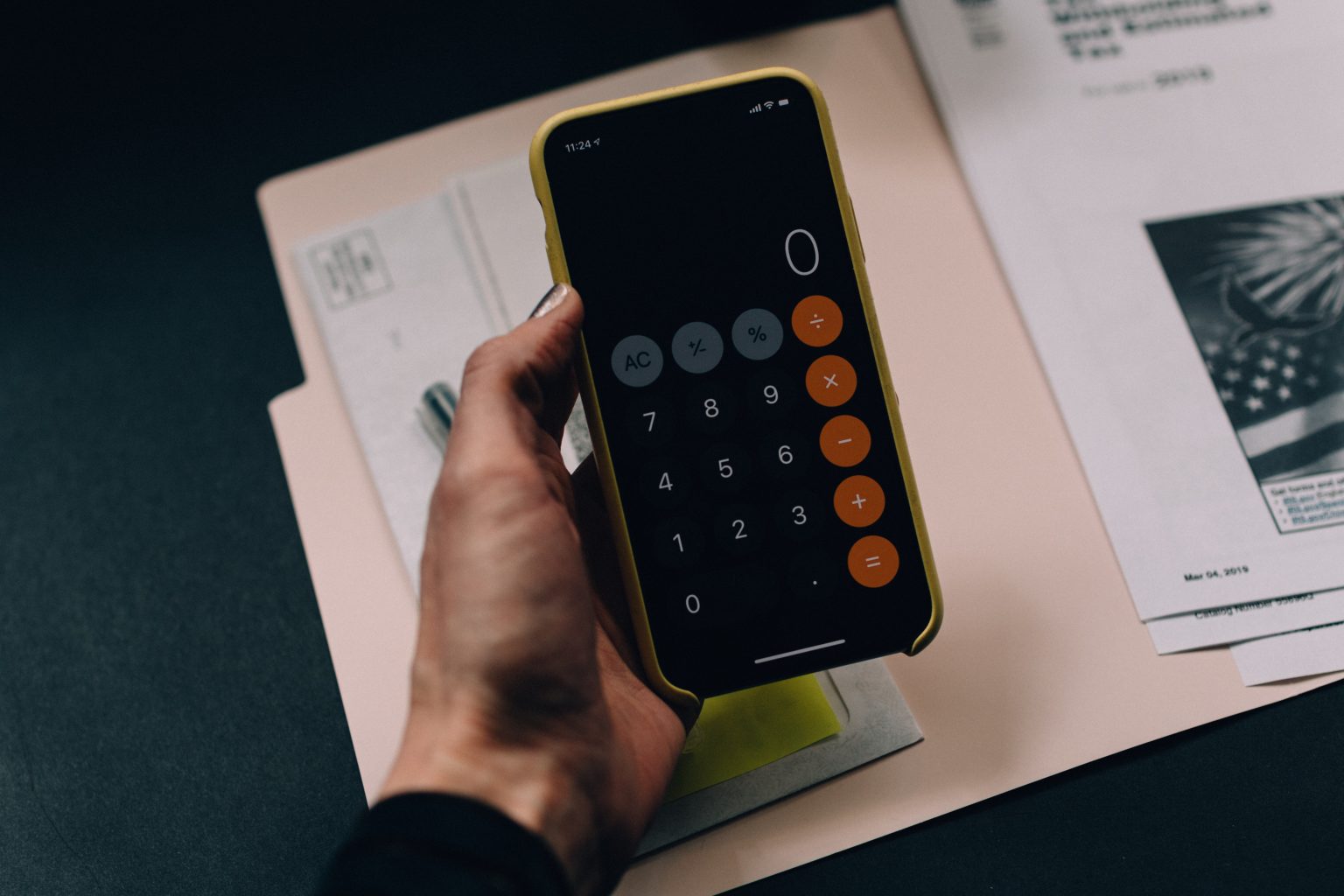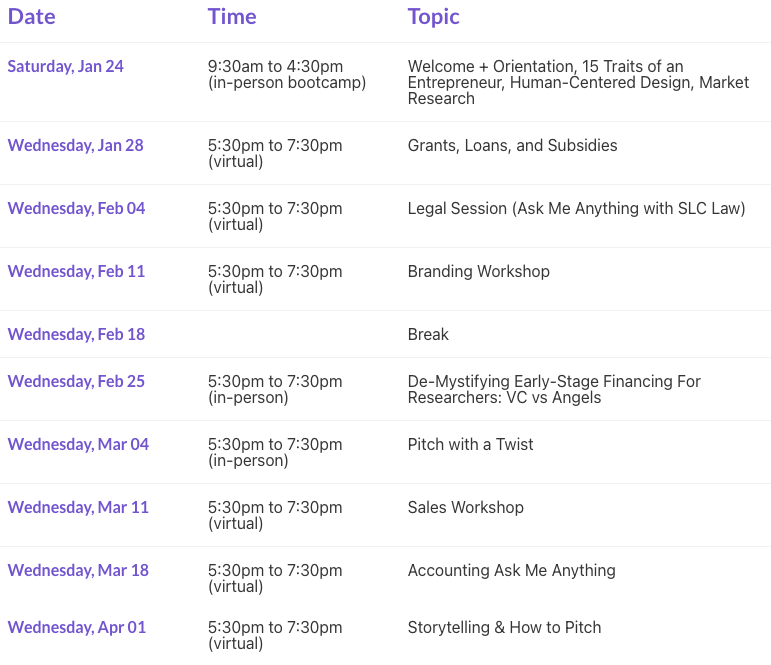____________________________________________________________________________
The information within these articles are derived from the sources listed at the end.
____________________________________________________________________________
Tax season for entrepreneurs with their own business can look different case by case. Whether you are a sole proprietor, or have incorporated your business, you will have to file the income/losses associated with your business for tax purposes. These articles will explain how you are taxed on your income from your business, which expenses are and are not deductible for tax purposes, and go a bit in depth on more specific topics.
If you remember, a couple of articles ago it was mentioned that even though dividend income your corporation earns from other corporations is added in the calculation of net income, it is subtracted in the Division C Deductions section in order to get to your taxable income. This is done in order to eliminate multiple taxation on the dividend income, since both corporations would have to pay tax. In order to stop shareholders from just transferring their dividend income to their own corporations to avoid paying taxes on them, the Income Tax Act created a rule. Canadian-controlled private corporations are subject to a refundable tax on their dividend income from other non-connected Canadian companies. The refundable tax must be paid when the corporation earns dividend income, but is fully refundable once the dividend is distributed to its shareholders.
This refundable tax is also referred to as a Part IV tax. The tax rate is 38 ⅓% of the dividends the corporation receives, and is fully refundable back to the corporation once that dividend income is distributed to its shareholders.
If you are receiving dividends from a connected Canadian corporation, you are not subject to the refundable tax, with one exception. If the corporation you are connected with receives a refund on the tax they paid for dividends themselves, you, as a corporation that receives dividends from them, must pay a Part IV tax equal to your share in the corporation receiving the refund. For example, let’s say your corporation has a 20% share in a corporation you’re connected to. If that corporation receives a refund of tax of $1000, you have to pay a Part IV tax of $200, which will be refundable to you once you pay out dividends to your own shareholders.
Part IV tax on dividends from non-connected corporations are placed in your eligible refundable dividend tax on hand (ERDTOH) account. On the other hand, tax on dividends from connected corporations are placed in either your ERDTOH account or your non-eligible refundable dividend tax on hand (NERDTOH) account, depending on whether you are receiving eligible or non-eligible dividends from the connected corporation. Due to the complexity of these accounts, the articles will not delve into NERDTOH & ERDTOH further than this.
Resources
Buckwold, William, et al. Canadian Income Taxation, 2021/2022. McGraw-Hill Education, 2021.


